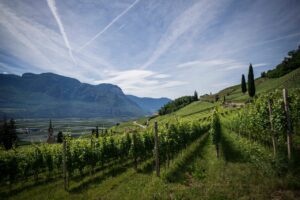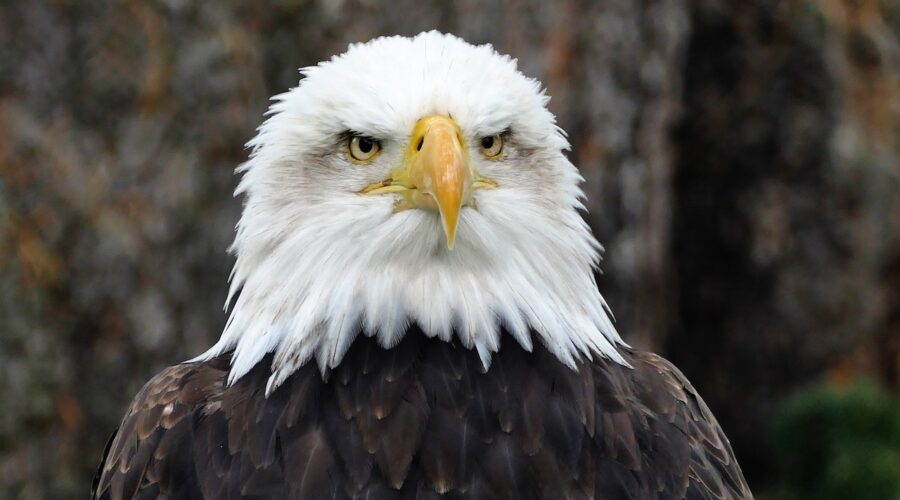Ocean color change: less blue, more green
Scientists from MIT and the National Oceanography Center in the U.K. reported, in a study published in Nature in July 2023, that the color of the ocean has changed significantly over the past two decades.
Although they do not specifically know the precise reason for this, they are certain that climate change is likely to be the guilty party.
The color change has occurred in more than 56% of the world’s oceans, although it is not yet perceptible to the human eye. The tropical regions near the equator in particular are greener now. This indicates that the ecosystems must also be changing, since color is a reflection of the organisms in the water.
It has been estimated for years that a change in the color of the oceans would happen, so it is not surprising to scientists. “I’ve been running simulations that have been telling me for years that these changes in ocean color are going to happen,” says study co-author Stephanie Dutkiewicz.
“To actually see it happening for real is not surprising, but frightening. And these changes are consistent with man-induced changes to our climate.”

Your favorite wines could disappear
Some vineyards in Italy, Portugal and Spain have centuries of tradition and unique flavors. Now the risks from climate change could involve loss of the agricultural products, landscape modification, loss of the history of these communities and disruption of the local economy, according to a July 2023 publication in the journal iScience.
Among the greatest risks to grapes are drought and soil degradation.
Researchers argue that some of the world’s most famous wines, including those protected by UNESCO, should be protected. But they are aware that the new generation of winemakers may not be willing to work in extreme conditions if the economic benefits do not pay off.
The future of athletes: performance and body
Dartmouth biological sciences professor Ryan Calsbeek conducted a two-decade study that analyzed nearly 200 Ironman contestants to investigate the relationship between marathon performance and the body’s ability to adapt to different weather conditions.
The results, published in the journal PLOS ONE, revealed that taller, leaner runners with longer limbs performed better in Ironman events held in hot climates, while those with a stockier build and shorter limbs excelled in colder climates.
Calsbeek used digitization software and was able to measure competitors’ morphology from images, taking advantage of the large amount of publicly available images from Ironman events. Because the bikes have identical wheel diameters, Calsbeek used this size standard to measure the athletes in the photos.
The size of birds: smaller bodies, longer wings
A study led by the University of Michigan reveals that birds in the Americas are experiencing changes in their size and wing length in response to global warming. The smallest-bodied species are experiencing the most rapid changes.
The study combines data from previous research that analyzed body size and wing length in more than 86,000 bird specimens collected over four decades in North and South America.
Although the researchers do not yet have a definitive answer to why this is, it raises the possibility that smaller-bodied birds are adapting more quickly to evolutionary pressures. However, the available data do not allow confirmation of whether these size changes represent rapid evolution in response to natural selection.
Eagles and dairy farmers, a beneficial relationship
A study published in the journal Ecosphere in March 2023 reveals a mutually beneficial relationship between bald eagles and dairy farmers in northwestern Washington State.
Because climate change has altered the availability of their traditional salmon diet, bald eagles have found dairy farms to be an alternative food source. In addition to removing animal carcasses from farms, the eagles also deter agricultural pests such as rodents and starlings.
This study offers hope that in the future farmers, wildlife managers, and conservationists can collaborate to maximize benefits to both people and wildlife in shared areas.
Images: Alex Staudinger and Anthony 📷📹🙂

